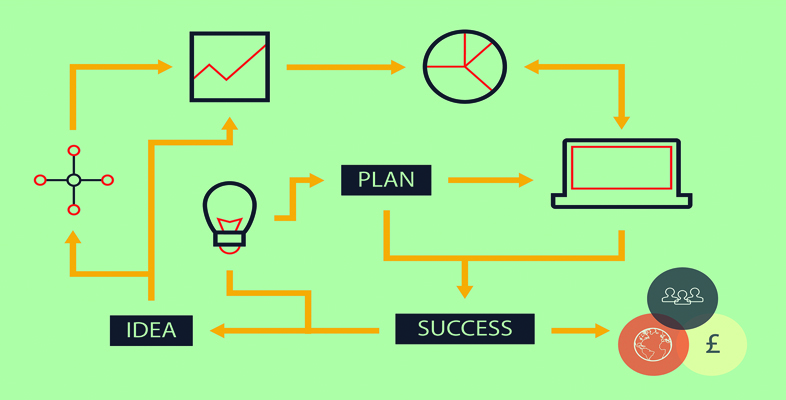2 How mutual value is created
Not all customers are the same, as you saw in Session 4. Some will have greater need, use or preference for your products or services than others. Therefore, some will bring greater financial gain for you, some will make more demands on your customer service and some will be more profitable. If you have not started trading yet, you won’t have any data or experience to verify this in any detail, but it does help to consider the types of customer you may attract at the point of setting up your business model.
A second consideration for how you set up your operations is what support your customers may need to buy from you initially and afterwards. If your product is a one-off purchase (or at least an infrequent one) and you are one of several potential suppliers then the value you create may come from other sources of value to customers. For example, follow-up supplies, refills, upgrades etc. If you think again about your business model carefully, and understand your customers sufficiently well, you may be able to build that value into your business model, right from the start. An interesting example of this is where manufacturers of coffee machines and printers have changed their business models. In relative terms the cost of the hardware element has come down and instead the revenue comes from the repeat purchase of the consumable elements – the coffee pods and cartridges.
A third consideration may be the extent to which your product or idea is ‘unique’ or different from others in the marketplace. Not all successful businesses succeed by being unique in all regards – they do however find competitive advantage from another source. Your business may not uniquely solve one or a number of existing problems that customers have. What it may do though is reduce the ‘friction’ they currently experience in their dealings with other suppliers in the marketplace. One example of this comes from the numerous technology and mobile phone companies that have entered the financial services marketplace. Think of how phone apps and technology have made banking, saving and payments much easier than ten years ago for many people. While the basic service remains the same (e.g. making a payment), the user experience is very different.
Next you will explore the four dimensions of value.

